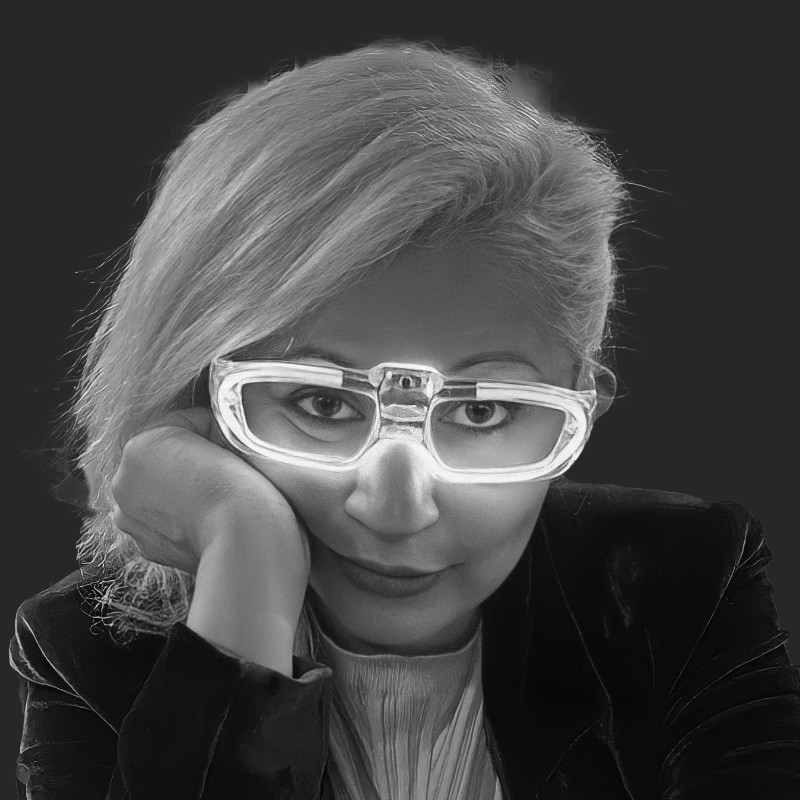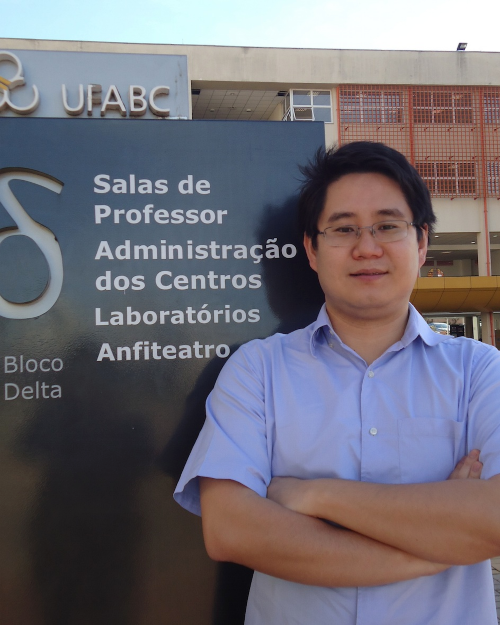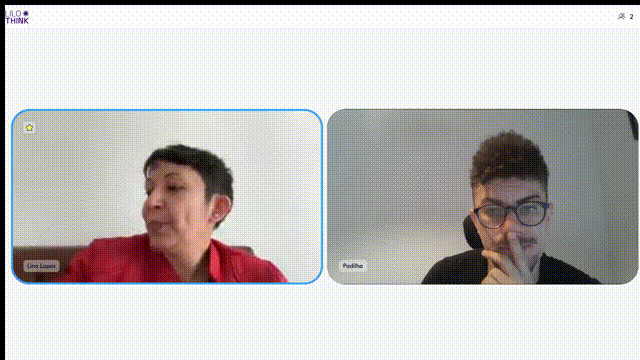There’s something poetic about going back to where it all started—especially when “where” is a laser cutter in a FabLab.
Back in 2013, during my time living in Barcelona, I set foot for the first time in a FabLab. Not just any FabLab, but the FabLab Barcelona. Until then, I had known the world of electronics, Arduino, and the ethos of “do it together.” But I hadn’t yet encountered a space where all these threads—code, material, community—were interwoven with such clarity and intention.
That first visit changed everything. It was there I made my first laser cut. It was there I saw, for the first time, a local-global community fabricating futures—one prototype at a time. Less than two years later, I would open my own space, LILO, deeply inspired by what I had witnessed.
Fast forward to 2025: I’m back in Barcelona for nearly three months, developing Creativity in vitro remotely with partners in Brazil and Switzerland. And something full-circle happened: I had a chance to speak about the project within the Master in Design for Emergent Futures (MDEF), hosted by FabLab Barcelona in partnership with IAAC and ELISAVA.
Yes—a FabLab offering a Master’s degree. That, in itself, was a revelation. In Spain, Fab Labs have managed to weave their pedagogy into formal education systems, with FabAcademy recognized by the government and MDEF acting as a springboard for what’s next in design, technology, and speculation.
The surprise wasn’t just institutional—it was personal. Speaking to 16 students in their mini-challenge sprint week, I was struck by the energy. The projects were alive. From mycelium-based installations to wearables that visualize sweat through color-change, from urban appropriation modules to hydrogel incubators forming tiny patterns—each one felt like an invitation into a world just slightly adjacent to our own.
Some projects leaned into speculative storytelling, others were grounded in new materials and community-based prototyping. Some asked biological questions, others infrastructural ones. All of them, in their own way, were acts of radical imagination.
I shared Creativity in vitro and stories from other projects in my portfolio—not just as finished works, but as doors. Doors into investigative and speculative terrains, where each prototype is a conversation, each failure a hypothesis, each system an experiment in the making.
To Chiara Dall’Olio and Santi Fuentemilla—thank you for the warm welcome and for cultivating this garden of futures. Being back at FabLab Barcelona wasn’t just nostalgic; it was catalytic.
As always, this work is stitched not alone, but with others.
Carlos Silveira
The world is small and delightfully misfrequented. One of the MDEF students I met that day was Carlos Silveira. Imagine my surprise—Carlos and I had once shared a nearly three-hour roundtable (online) conversation on biofuturism, organized by Beatriz Alcântara just last year. There’s something uniquely special about meeting virtual friends in the vivid chaos of Barcelona, especially when the unexpected overlaps keep unfolding. And yes, Carlos also knows Eduardo Padilha. Of course he does. This tangled web we call our creative practice? It’s smaller (and stranger) than it seems.
 Lina Lopes
Lina Lopes  On the Generosity of Signals - Conversation with Dr. João Ricardo Sato
On the Generosity of Signals - Conversation with Dr. João Ricardo Sato